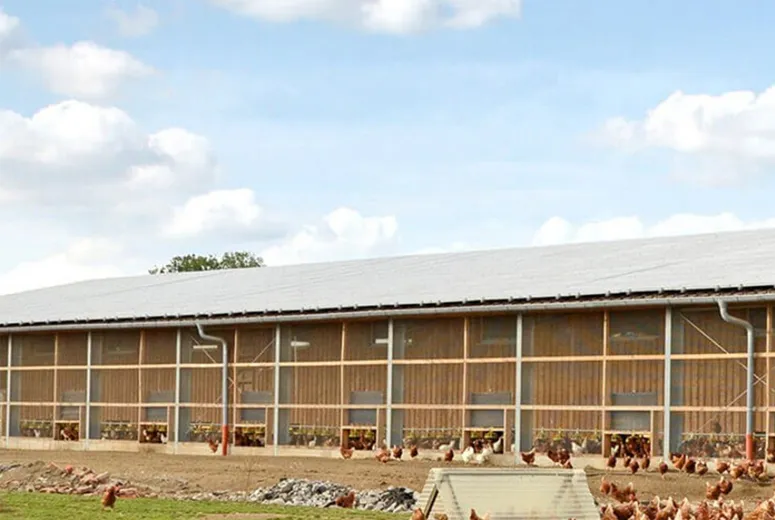- Afrikaans
- Albanian
- Amharic
- Arabic
- Armenian
- Azerbaijani
- Basque
- Belarusian
- Bengali
- Bosnian
- Bulgarian
- Catalan
- Cebuano
- Corsican
- Croatian
- Czech
- Danish
- Dutch
- English
- Esperanto
- Estonian
- Finnish
- French
- Frisian
- Galician
- Georgian
- German
- Greek
- Gujarati
- Haitian Creole
- hausa
- hawaiian
- Hebrew
- Hindi
- Miao
- Hungarian
- Icelandic
- igbo
- Indonesian
- irish
- Italian
- Japanese
- Javanese
- Kannada
- kazakh
- Khmer
- Rwandese
- Korean
- Kurdish
- Kyrgyz
- Lao
- Latin
- Latvian
- Lithuanian
- Luxembourgish
- Macedonian
- Malgashi
- Malay
- Malayalam
- Maltese
- Maori
- Marathi
- Mongolian
- Myanmar
- Nepali
- Norwegian
- Norwegian
- Occitan
- Pashto
- Persian
- Polish
- Portuguese
- Punjabi
- Romanian
- Russian
- Samoan
- Scottish Gaelic
- Serbian
- Sesotho
- Shona
- Sindhi
- Sinhala
- Slovak
- Slovenian
- Somali
- Spanish
- Sundanese
- Swahili
- Swedish
- Tagalog
- Tajik
- Tamil
- Tatar
- Telugu
- Thai
- Turkish
- Turkmen
- Ukrainian
- Urdu
- Uighur
- Uzbek
- Vietnamese
- Welsh
- Bantu
- Yiddish
- Yoruba
- Zulu
Dec . 07, 2024 03:47 Back to list
Engineered Buildings The Future of Construction
As urbanization accelerates and the demand for sustainable infrastructure grows, engineered buildings have emerged as a pivotal trend in modern construction. These structures, designed with advanced technology and innovative materials, offer numerous advantages over traditional building methods. This article delves into the concept of engineered buildings, their benefits, and their role in shaping the future of architecture and engineering.
What Are Engineered Buildings?
Engineered buildings are structures that incorporate advanced engineering techniques and materials tailored to meet specific functional and aesthetic requirements. Unlike conventional buildings, which often rely on standard designs and methods, engineered buildings leverage sophisticated computer-aided design (CAD) software, data analytics, and innovative construction materials such as cross-laminated timber (CLT) and high-performance concrete. This integrated approach allows for greater flexibility in design, enhanced performance, and improved sustainability.
Benefits of Engineered Buildings
1. Sustainability One of the foremost benefits of engineered buildings is their potential for sustainability. By utilizing recyclable materials and energy-efficient designs, these structures minimize environmental impact. For instance, the use of CLT reduces the carbon footprint associated with building materials while providing excellent thermal insulation. Moreover, engineered buildings can incorporate green technologies, such as solar panels and rainwater harvesting systems, further enhancing their environmental sustainability.
2. Cost-Effective While the initial investment in engineered buildings may be higher than traditional construction methods, they often result in long-term savings. Their durability and efficiency lead to lower maintenance costs and reduced energy bills. Additionally, the speed of construction associated with engineered buildings translates to quicker project completion times, allowing for faster return on investment.
engineered buildings

3. Enhanced Safety Safety is a paramount concern in construction. Engineered buildings are designed with rigorous safety standards in mind, incorporating advanced materials that are more resistant to natural disasters such as earthquakes and hurricanes. For example, using prefabricated components can reduce onsite labor risks and improve the overall quality of the structure.
4. Aesthetic Versatility Engineered buildings also offer aesthetic advantages. The flexibility afforded by advanced design software enables architects to create unique and visually striking structures. This can lead to iconic buildings that not only meet functional needs but also enhance urban landscapes and cultural identity.
5. Adaptability As cities evolve, so too must their buildings. Engineered buildings can be designed with adaptability in mind, allowing for repurposing as community needs change. For instance, a space originally designed for commercial use can be transformed into residential units without major structural alterations, making them ideal for dynamic urban environments.
The Role of Technology
Technology plays a crucial role in the development of engineered buildings. Building Information Modeling (BIM) allows architects and engineers to visualize, simulate, and analyze buildings before construction begins, leading to more informed decisions and fewer errors. Additionally, advancements in 3D printing technology have the potential to revolutionize the way buildings are constructed, enabling the rapid fabrication of components and reducing material waste.
Conclusion
Engineered buildings represent a significant leap forward in the field of construction, marrying advanced technology with sustainable practices to create structures that are not only functional but also environmentally conscious. As we continue to confront challenges such as climate change and urbanization, the adoption of engineered buildings will be vital in redefining how we construct our environments. By embracing this innovative approach, we can pave the way for a more sustainable, efficient, and aesthetically pleasing architectural landscape, ensuring that our built environment meets the needs of future generations. As this trend gains momentum, engineered buildings are poised to become a fundamental aspect of modern infrastructure development.
-
How Do Prefabricated Steel Structures Transform Modern Construction?
NewsJul.14,2025
-
How Do Prefabricated Metal Buildings Redefine Modern Construction?
NewsJul.14,2025
-
How Do Prefab Insulated Metal Buildings and Steel Structures Revolutionize Modern Construction?
NewsJul.14,2025
-
How Do Pre - Engineered Steel Structures Redefine Modern Construction?
NewsJul.14,2025
-
Advancing Modular Construction with Prefabricated Metal Structures
NewsJul.14,2025
-
Advancing Industrial Infrastructure with Prefabricated Steel Solutions
NewsJul.14,2025
Products categories
Our Latest News
We have a professional design team and an excellent production and construction team.












